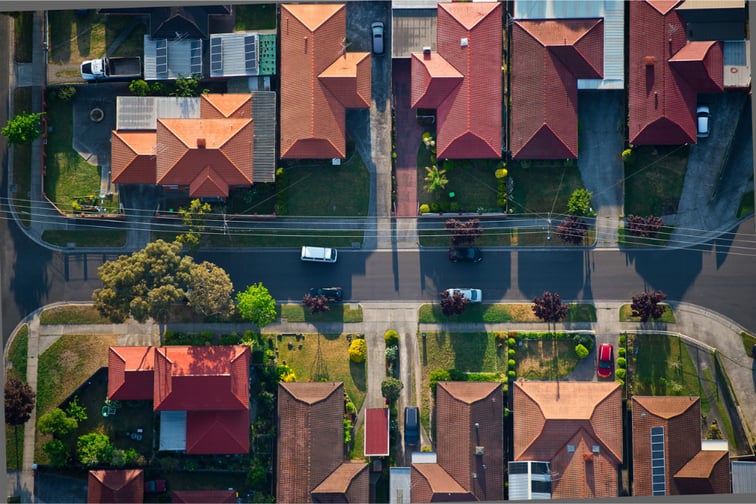

Australia’s housing market boom is now spread across the whole country, according property intelligence firm Archistar.
The record start to 2021 has seen sky high growth across house prices, home loans and at auctions, with acceleration spurred on by a combination of low interest rates, the post-pandemic rebound and growing consumer confidence.
Archistar’s National Housing Market Report, compiled by their Chief Economist Dr Andrew Wilson, is an in-depth analysis of trends within the housing sector across the nation.
Wilson said that the pandemic was not the only factor that put a pause on the market, but was just the most recent of a trend that has stopped house prices from reaching their full potential.
"We've had roadblocks in the orderly conduct of our housing markets really going back over the last three or four years, perhaps longer," he said.
"Of course, the fluctuations in prices, demand and affordability are all about interest rates, but we've had other factors outside of them and the RBA's control of the macroeconomy."
"Firstly, we've had action by the Australian Prudential Regulation Authority (APRA), even way back in 2014 when we entered into the higher price cycle with lower official interest rates. There was concern then that there were too many investors in the market."
"The common thought was that we would get higher interest rates and we'd have to protect ourselves from investors finding themselves in precarious situations and that having ramifications for the housing market generally. That was the first of the roadblocks from APRA that interfered in the orderly process of housing market dynamics."
"That came to a head at the end of 2017, at the peak of the credit squeeze that was happening pushed prices down and we had a crisis of confidence. Then we had the Royal Commission, then the general election. Once those factors were put to one side, we saw housing markets take off."
"We had lower interest rates again and we began 2020 in catch-up mode, with markets heading back into a normal environment, and then along comes COVID. It was the ultimate pause to the market."
According to the report, the post-pandemic rebound has been mostly about getting markets back to where they could have been, were it not for several years of market turbulence.
"Now that restrictions have been eased, we've seen markets heading back to where they should have been if it wasn't for these impediments," said Wilson.
"The growth now is a lot about catch-up, particularly in Melbourne and Sydney, because those cities suffered the most from those roadblocks, in particular because of their higher levels of investors.
“Even though we've had strong price growth in the beginning of this year and even the end of last year, prices in Melbourne and Sydney are still round about where they were three years ago."
"This is the essence of the market: even though prices are only where they were three years ago, we've had over a 1% fall in mortgage rates and a 6% increase in incomes. That means affordability is quite high at the moment and buyers take advantage, together with the positivity that's surrounding the economic revival."
"This will run its course over the year. Once prices get to the point where the low rates and high incomes are soaked up, we'll see a flattening in growth, particularly in Sydney and Melbourne."
"There's nothing to drive markets going forwards after they've absorbed those positives for affordability. We aren't going to see lower rates because they're almost at zero and income growth is very low. The factors that would push up house prices aren't there."
“I think it'll all fizzle out by the end of the year, but really, there's no surprise that growth is strong, though I believe it'll be a short term episode."
